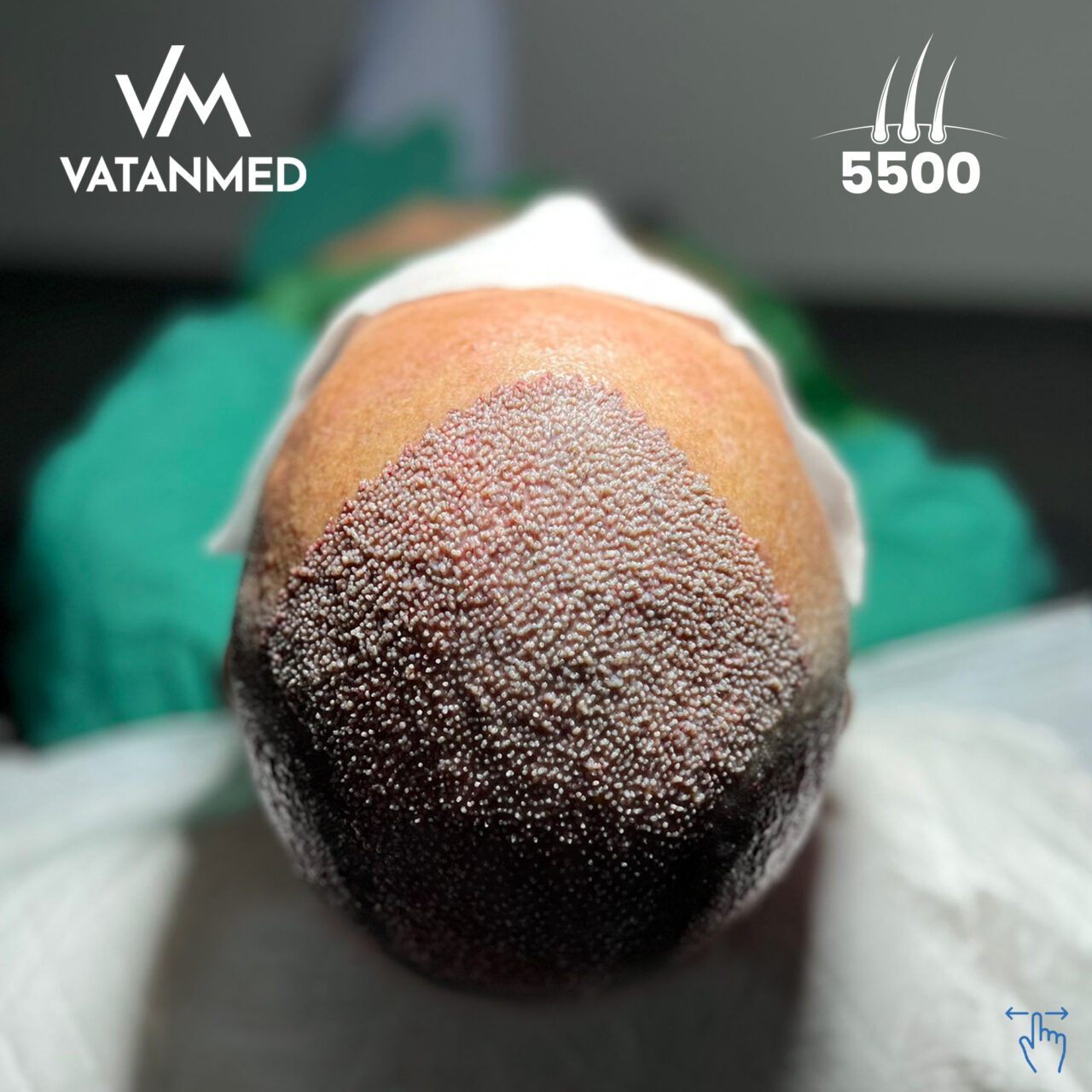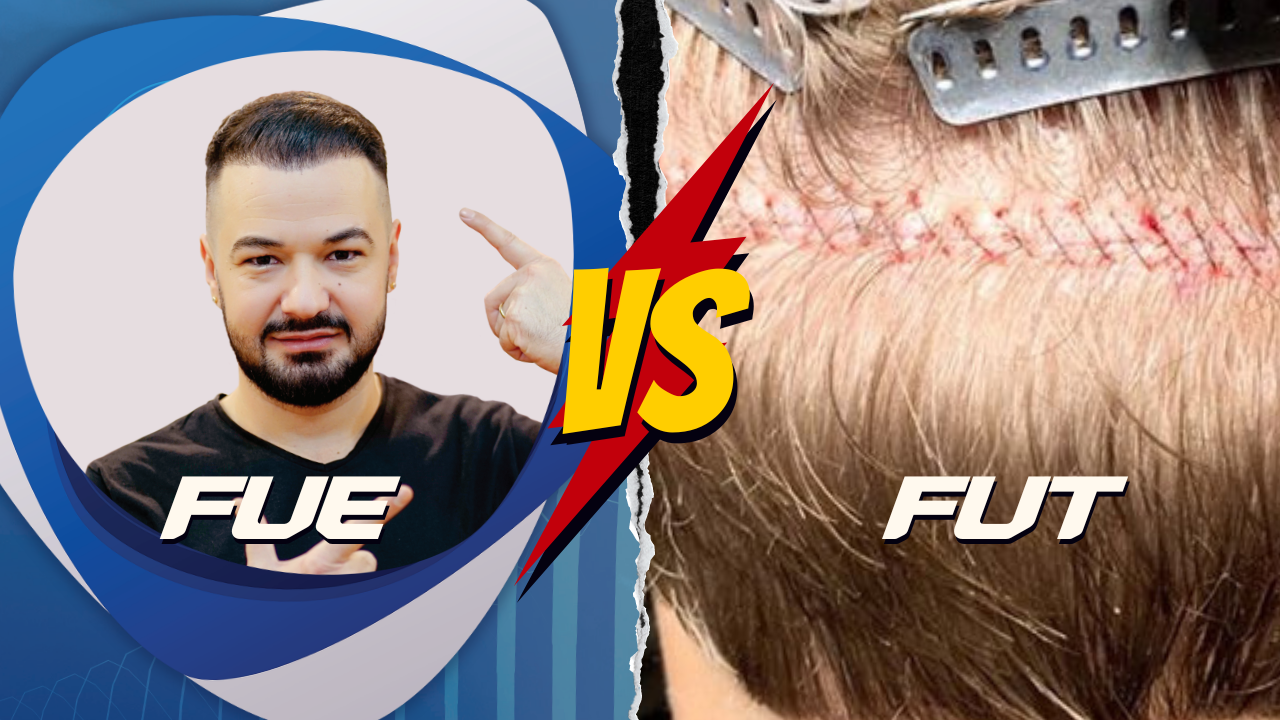Are you struggling with hair loss and considering a hair transplant? If so, you’ve probably come across two popular options: FUE and FUT. Both procedures promise hair restoration, but they differ in terms of technique and results. In this article, we will delve into the battle between FUE and FUT and explain why FUE emerges as the ultimate victor.
FUE , or Follicular Unit Extraction, involves individually extracting hair follicles from the donor area and implanting them into the recipient area. On the other hand, FUT, or Follicular Unit Transplantation involves removing a strip of skin from the donor area and dissecting it to extract individual hair follicles.
So why does FUE come out on top? One of the main reasons is that it is a minimally invasive procedure, leaving no linear scar. It also offers faster recovery and less post-operative discomfort compared to FUT. Moreover, FUE allows for more precise and natural-looking results.
In the battle of hair transplants, FUE proves to be the clear winner. Stay tuned as we explore the advantages of FUE in detail, helping you make an informed decision for your hair restoration journey.
Understanding the Difference Between FUE and FUT
When it comes to hair transplant, it’s important to understand the difference between FUE and FUT. FUE, or Follicular Unit Extraction, involves individually extracting hair follicles from the donor area and implanting them into the recipient area. On the other hand, FUT, or Follicular Unit Transplantation involves removing a strip of skin from the donor area and dissecting it to extract individual hair follicles.
FUE is often favored over FUT due to its minimally invasive nature. Unlike FUT, which leaves a linear scar, FUE leaves tiny, dot-like scars that are virtually undetectable. This is a significant advantage for those who prefer to keep their hair short or undergo more extensive hair restoration in the future.
Another advantage of FUE is its ability to provide more precise and natural-looking results. By individually extracting hair follicles, the surgeon can strategically place them in the recipient area to create a natural hairline and blend seamlessly with existing hair. This level of precision is not as easily achievable with FUT, where the hair follicles are extracted in a strip and then transplanted.

The Advantages of FUE Hair Transplants
FUE hair transplant offer several advantages that make them a preferred choice for many individuals. Firstly, as mentioned earlier, FUE leaves no visible linear scar. This means you can confidently wear your hair short without worrying about any noticeable scarring. Additionally, FUE allows for a faster recovery time compared to FUT. Since there is no need for stitches or sutures, the healing process is generally quicker, and patients can resume their normal activities sooner.
Furthermore, FUE is a less painful procedure compared to FUT. The individual extraction of hair follicles results in less trauma to the scalp, leading to reduced post-operative discomfort. This makes FUE a more comfortable option for patients who may be sensitive to pain or have a low pain tolerance.
In terms of results, FUE offers natural-looking hair restoration. The ability to precisely place individual hair follicles allows for a more customized approach, ensuring that the transplanted hair blends seamlessly with the existing hair. This natural result is often a top priority for individuals seeking hair restoration, as it can significantly boost their confidence and self-esteem.
The Disadvantages of FUT Hair Transplants
While FUT has been a widely used hair transplant technique for many years, it does come with some disadvantages compared to FUE. One of the main drawbacks of FUT is the linear scar it leaves behind. This scar can be visible, especially if the patient prefers to wear their hair short. For individuals who prioritize a discreet and scar-free result, FUT may not be the ideal choice.
Another disadvantage of FUT is the potential for nerve damage. Since FUT involves removing a strip of skin, there is a risk of damaging nerves in the donor area. This can lead to temporary or even permanent numbness in the scalp, which can be an uncomfortable and undesirable side effect.
Additionally, FUT may require a longer recovery period compared to FUE. The need for stitches or sutures to close the donor area can prolong the healing process and result in more downtime. This can be a significant consideration for individuals who want to get back to their regular routine as quickly as possible.
Comparing the Success Rates of FUE and FUT
When it comes to the success rates of FUE and FUT, both procedures have shown promising results. However, FUE has gained popularity due to its ability to provide natural-looking and long-lasting outcomes. The precision and customization offered by FUE allow for a higher chance of successful hair restoration.
FUE also has a lower risk of complications compared to FUT. The individual extraction of hair follicles in FUE minimizes the risk of damage to surrounding tissues, resulting in a smoother and more efficient procedure. This reduced risk of complications contributes to the overall success rate of FUE.
It’s important to note that the success of a hair transplant procedure depends not only on the technique but also on the skill and experience of the surgeon. Choosing a qualified and experienced surgeon who specializes in FUE is crucial to ensure optimal results.
The Recovery Process for FUE and FUT
The recovery process for both FUE and FUT is a significant consideration when deciding on a hair transplant procedure. FUE generally offers a shorter recovery period compared to FUT. Since FUE does not involve stitches or sutures, there is minimal scarring and reduced post-operative discomfort. Most patients can return to their regular activities within a week or two, with some minor restrictions to protect the transplanted hair follicles.
On the other hand, FUT may require a longer recovery period. The need for stitches or sutures to close the donor area can prolong the healing process and may require more downtime. It’s essential to follow the post-operative care instructions provided by your surgeon to ensure a smooth and successful recovery.
Cost Comparison Between FUE and FUT
The cost of a hair transplant procedure can vary depending on several factors, including the extent of hair loss, the number of grafts required, and the surgeon’s expertise. Generally, FUT is considered more cost-effective compared to FUE. The FUT procedure typically requires less time and labor, resulting in a lower overall cost. However, it’s crucial to weigh the cost against the desired outcome and long-term satisfaction.
While FUT may initially seem more affordable, it’s important to consider the potential long-term costs of concealing or treating a visible linear scar. FUE, although generally more expensive upfront, can provide a scar-free result and eliminate the need for additional treatments or procedures to address scarring concerns.
Patient Satisfaction and Testimonials
When considering a hair transplant procedure, it’s helpful to look at patient satisfaction and testimonials. FUE has garnered positive feedback from many individuals who have undergone the procedure. Patients often express satisfaction with the natural-looking results, minimal scarring, and overall experience with FUE.
Reading testimonials and reviews from other patients can provide valuable insights into the success and satisfaction rates of FUE. It’s important to choose a reputable clinic and surgeon with a proven track record of delivering exceptional results and ensuring patient satisfaction.

Choosing the Right Hair Transplant Method for You
Choosing the right hair transplant method depends ultimately on individual preferences, goals, and considerations. If you prioritize minimal scarring, faster recovery, and natural-looking results, FUE may be the preferred choice for you. However, it’s essential to consult with a qualified hair transplant specialist who can assess your specific needs and provide personalized recommendations.
During the consultation, your surgeon will evaluate factors such as the extent of hair loss, the quality of the donor area, and your overall health to determine the most suitable approach for your hair restoration journey. They will also address any concerns or questions you may have, ensuring that you are well-informed and confident in your decision.
Conclusion: Why FUE is the Preferred Choice for Hair Transplants
In the battle between FUE and FUT, FUE emerges as the clear winner for several reasons. Its minimally invasive nature, lack of visible scarring, faster recovery, and ability to provide natural-looking results make it the preferred choice for many individuals seeking hair restoration.
While FUT has been a popular option in the past, advancements in FUE techniques and technology have made it the go-to choice for both patients and surgeons. With FUE, individuals can confidently restore their hair without the worry of visible scarring or extended downtime.
If you’re considering a hair transplant, it’s crucial to consult with a reputable surgeon who specializes in FUE. They can provide a comprehensive evaluation, personalized recommendations, and guide you through the entire process to ensure a successful and satisfying hair restoration journey. So don’t let hair loss hold you back—embrace the power of FUE and regain your confidence with a natural-looking head of hair.




